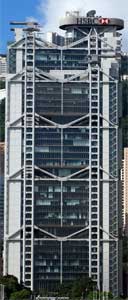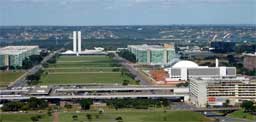In postcolonial times, architecture and urbanism have continued to play an important role in the enforcement of political control, often under the guise of national styles. In other cases, architecture has served emergent economies to express their fascination for symbols of economic development and national progress in a context of inflationary globalization, international economic competition, and more or less covert instances of neocolonialism. In the first half of the 1990s several countries in Asia invested much effort and ingenuity in the construction of skyscrapers which not only challenged the legendary supremacy of the American high-rise, but were also meant to represent these countries’ new role on the international stage.
On the other hand, the challenge of designing an architecture of place, beyond the “universalism” of the modernist movement and of corporate hubris, is being encouraged by certain constituencies such as the Aga Khan Award.
International architectural firms, mostly based in the United States and Western Europe, have found an expanding and profitable market in the former colonies. Their transnational practices place their designs within the more general framework of globalization and post-modernist architecture, but in some cases these categories overlap with the reality of late colonialism in ways that throw a strong light on the continued dominance of the Western canon. In the case of Sir Norman Foster’s Hong Kong and Shangai Bank headquarters (Hong Kong, 1979-85), a high-tech office building integrated Chinese geomancy principles, but it was also a monument to corporate and technological power erected in one of the last colonies of the former British Empire. As such, it qualifies as late colonial architecture, although it is seldom so interpreted in the specialized literature.


